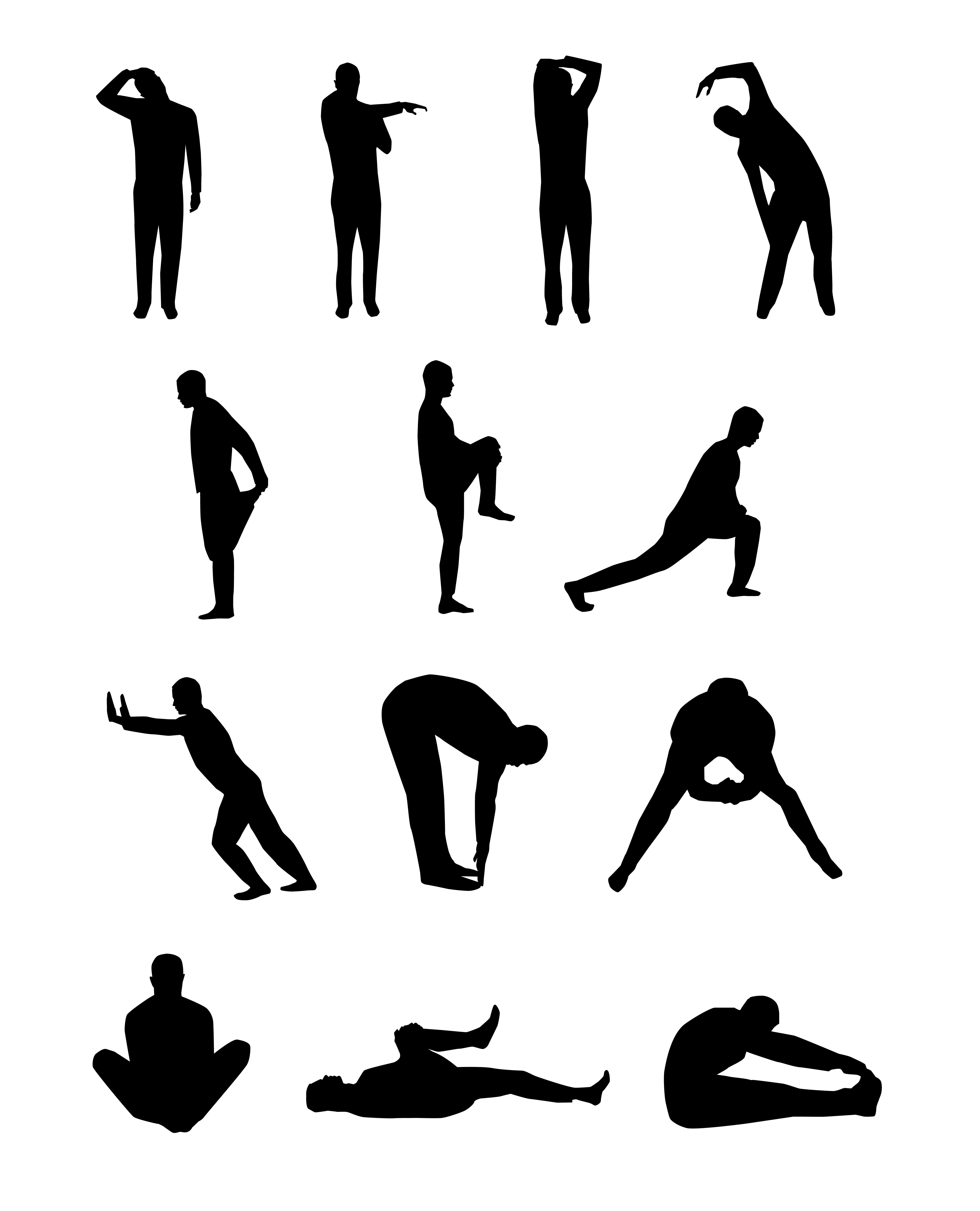 In a recent review study entitled “Effects of muscle stretching exercises in the treatment of fibromyalgia: a systematic review,” researchers review and summarize scientific reports on the impact of muscle stretching exercises, and highlight the positive impact in both physical and mental qualities of fibromyalgia patients. The review was published in the journal Revista Brasileira de Reumatologia.
In a recent review study entitled “Effects of muscle stretching exercises in the treatment of fibromyalgia: a systematic review,” researchers review and summarize scientific reports on the impact of muscle stretching exercises, and highlight the positive impact in both physical and mental qualities of fibromyalgia patients. The review was published in the journal Revista Brasileira de Reumatologia.
Fibromyalgia is a chronic disorder affecting mostly women (with ages between 30 and 55 years old) and is characterized by constant musculoskeletal pain throughout the body, severely affecting patients’ daily quality of life and normal functioning. Muscular pain treatments for FM patients are based on a holistic approach and include the use of medicines but also physiotherapy and muscle stretching exercises.
Here, the authors reviewed scientific reports on the role of muscle stretching exercises as an add-on treatment for fibromyalgia patients and to identify which stretching features, including stretching type, frequency and intensity are most beneficial to patients. To this end, the team performed a retrospective study and reviewed reports on stretching exercises and fibromyalgia across several databases, including MEDLINE, LILACS, SciELO and PEDro and PubMed. The authors searched for relevant terms in English, Portuguese and Spanish, limiting exclusion of relevant reports due to a language barriers. Clinical trials where patients enrolled were diagnosed with fibromyalgia and muscle stretching used as therapeutics were also analyzed. The team retrieved from the databases 6,794 studies based on the topics of search but the previously determined eligibility criteria established by the authors allowed only for the analysis of four studies. The main source studies are from countries in North and South America, but Canada is the pioneer country on the topics research. The techniques used in the four studies considered for the present review included stretching and strengthening exercises or the use of laser in a phototherapeutic approach.
The analysis revealed that muscle stretching exercises induced a significant improvement in fibromyalgia patients’ quality of life (women with mean ages around 42 to 48 years old), denoted by several parameters, such as dolorimetry of Fisher, which measures pain by determining the number of positive tender points; muscle force as determined by the maximal voluntary contraction (MVC); and quality of life with Fibromyalgia Impact Questionnaire, among others. Of note, the authors mentioned that no particular technique used during the interventions resulted in an increased benefit when compared to the others.
In light of their analysis, while the authors claim muscle stretching exercises are important to be included in fibromyalgia patients therapeutics, additional and larger studies are needed to strengthen the value of this type of treatment to fibromyalgia patients.

